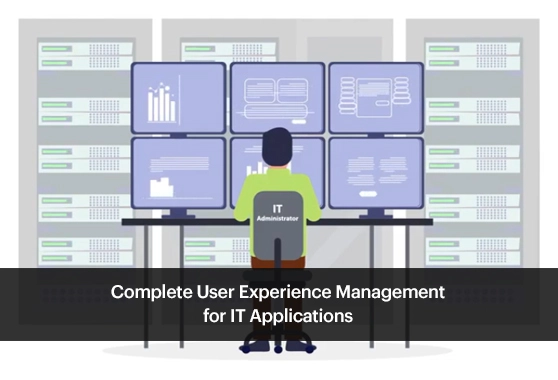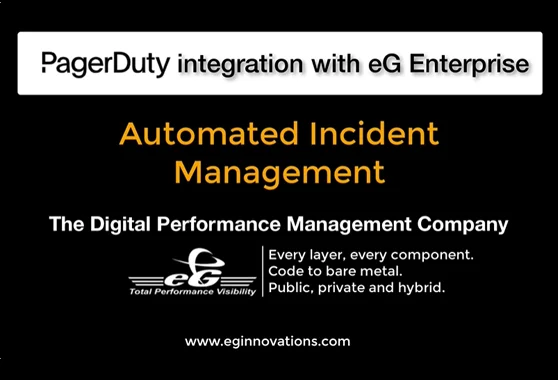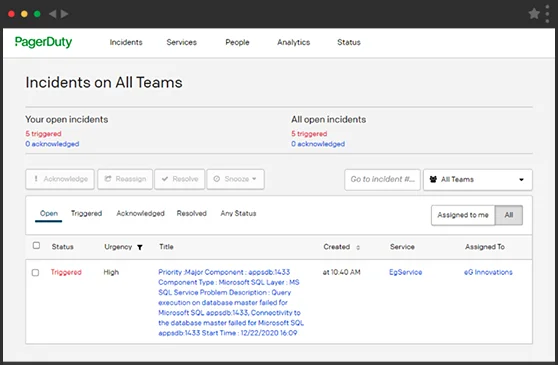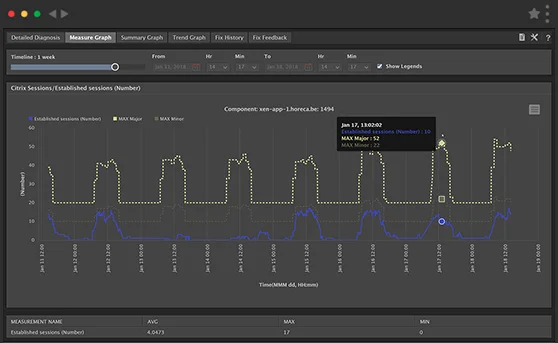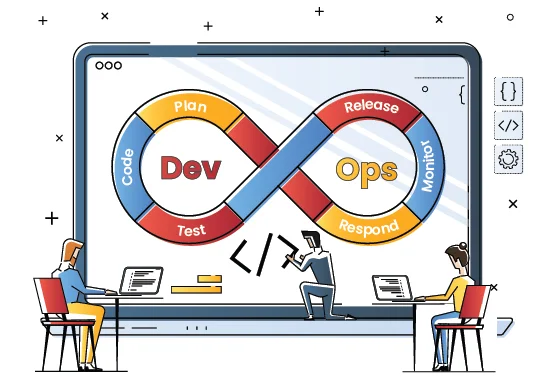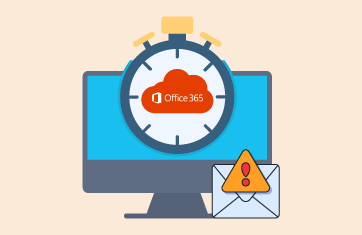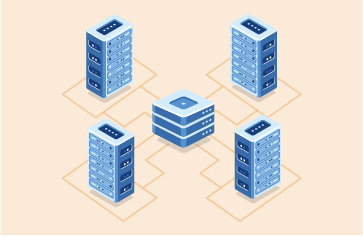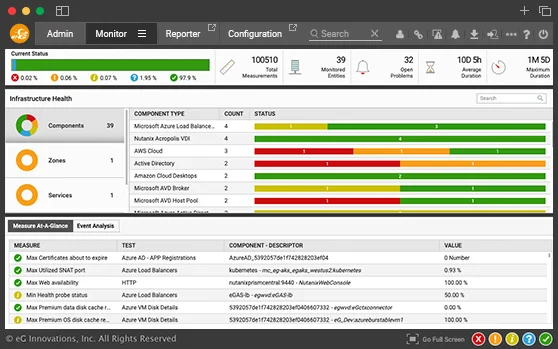PagerDuty Integration with eG Enterprise
Enable Real-Time Incident Management for your Agile IT Teams and Ensure Great User Experience
Free TrialWhy is Automated Incident Management Necessary?
IT operations teams follow set processes when problems occur. These include determining who is responsible for a problem, alerting them in the preferred manner (email, SMS, etc.) performing additional diagnosis, alerting of affected user groups, escalation if MTTR exceeds the SLA, etc. Incident management systems allow problems to be recorded and analyzed from opening to closure. Analysis of incidents can reveal how IT operations can be improve to provide faster diagnosis, more accurate resolution and reduce MTTR.
The integration of performance monitoring and incident management is a key to making IT operations effective and efficient:
- Without a tight integration, the process would be people dependent. An IT administrator has to manually analyze alerts in a performance monitoring solution, determine which ones have not mapped to incidents, determine when and why an incident has to be created etc.
- A manual process is time consuming. Also, human errors may occur and can result in problems being missed or not being addressed in a timely manner.
Therefore, automated incident management is a requirement for efficient and effective IT operations.
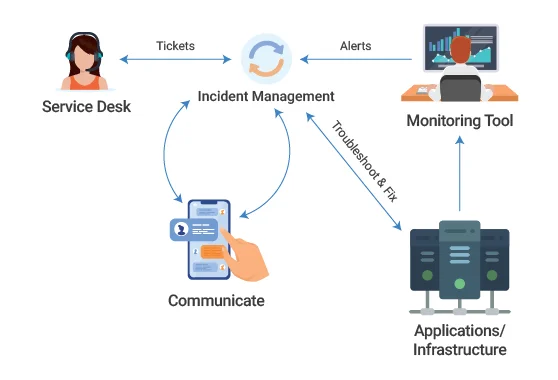
eG Enterprise PagerDuty Integration for
Automated Incident Management
PagerDuty is a modern incident management platform that provides IT teams with reliable notifications, automatic escalations, on-call scheduling, and other functionalities to help teams detect and fix application and infrastructure problems quickly.
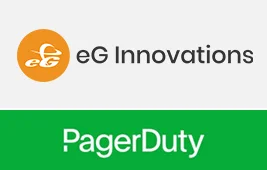
eG Enterprise is an award-winning user experience monitoring, diagnosis, and analytics solution that offers broad infrastructure monitoring coverage and deep dive application monitoring capabilities, which together help answer today's toughest IT question "why is an application slow?".
Organizations can now take advantage of the eG Enterprise and PagerDuty integration to getting alerted instantly whenever there is a deviation of any performance metric from its norm. Timely alerts help organizations cut down mean time to repair and to fix problems proactively before they impact users and business.
The ROI of eG Innovations exceeded our expectations. Not only did we get those chargebacks reduced, we also benefitted IT as a whole because help desk tickets weren't created and time management was a lot better-- we weren't spending hours trying to pinpoint issues, we could reallocate those resources to other, more important activities.![]()
How Automated Incident Management with
eG Enterprise and PagerDuty Works?
eG Enterprise integrates tightly with PagerDuty for automated incident management:
- When a new alert is detected by eG Enterprise, it automatically creates a new incident in PagerDuty with the appropriate priority.
- When eG Enterprise increases or decreases the priority of an alert, the appropriate incident in PagerDuty is updated automatically as well.
- And when an alert is detected by eG Enterprise as being resolved, the corresponding incident is automatically closed in PagerDuty as well.

This automated and tight integration allows IT operations teams to centralize ticketing and incident management on PagerDuty. Routing of alerts to appropriate IT personnel and workflows already set up on PagerDuty can continue to be used without any changes. IT managers have control over the severity and types of alerts that will open incidents in PagerDuty; this way only the most severe alerts can trigger ticket generation.
eG Innovations: A World Leader in APM
eG Innovations has been named as a Top 10 Global Vendor for Continuous Application Performance Management by Research in Action in the 2019 CAPM Vendor Selection Matrix™.






